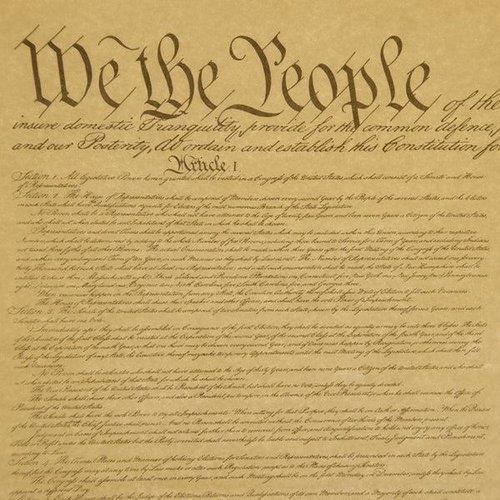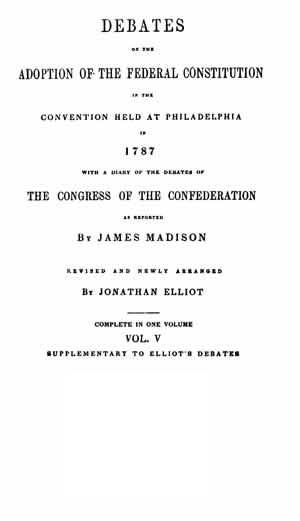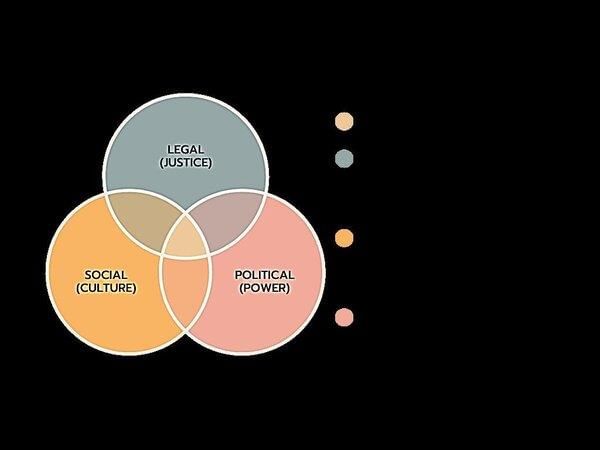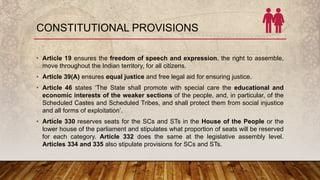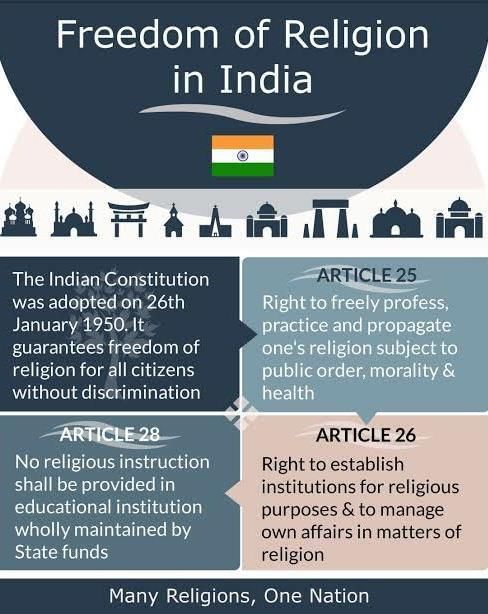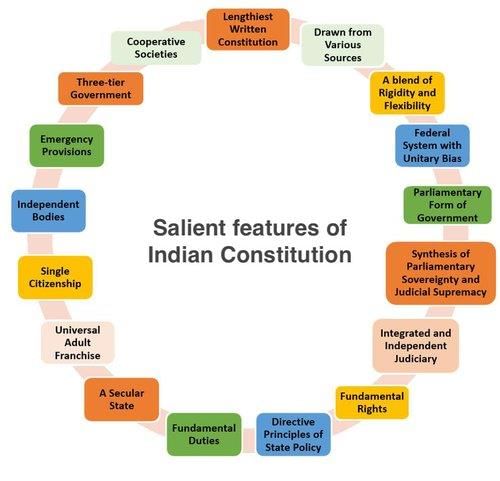|
What are the three key aspects of a political philosophy approach to understanding the Constitution? |
Card: 1 / 50 |
|
The three key aspects are: 1) understanding the conceptual structure of the constitution, including the meanings of terms like 'rights' and 'democracy'; 2) creating a coherent vision of society and polity based on interpretations of constitutional concepts; 3) reading the constitution in conjunction with the Constituent Assembly Debates to refine the justification of its values. |
Card: 2 / 50 |
|
Fill in the blank: A constitution acts as a means of ___ by restricting the exercise of power in modern states. |
Card: 3 / 50 |
|
True or False: The Indian Constitution was framed by a Constituent Assembly of elected representatives without any external interference. |
Card: 5 / 50 |
|
Riddle: I am a document that embodies a nation's values and ideals, guiding its journey towards democracy while limiting power. What am I? |
Card: 7 / 50 |
|
What role does the Constituent Assembly play in understanding the current practices of the Constitution? |
Card: 9 / 50 |
|
Revisiting the Constituent Assembly helps to understand the framers' intentions and concerns, which informs current constitutional practices and upholds the principles of the Constitution. 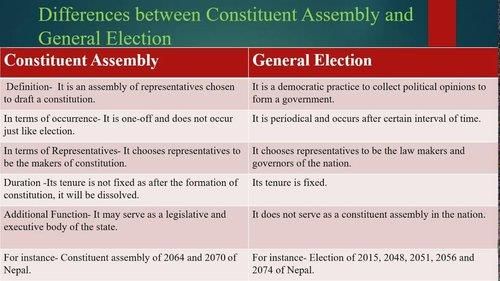 |
Card: 10 / 50 |
|
Fill in the blank: The ideals of the constitution are often ___, discussed, debated, and contested in various political arenas. |
Card: 11 / 50 |
|
The Constitution not only limits those in power but also empowers vulnerable groups by providing them a framework for collective good and political self-determination.  |
Card: 14 / 50 |
|
The political philosophy of the Indian Constitution is primarily characterized by which four key principles? |
Card: 15 / 50 |
|
Fill in the blank: The Indian Constitution emphasizes peaceful and democratic measures for implementing its political philosophy, which includes ___ and ___ for community values. |
Card: 17 / 50 |
|
True or False: The Indian Constitution prioritizes individual rights over social justice and community values. |
Card: 19 / 50 |
|
What special constitutional measures were provided to protect the interests of Scheduled Castes and Scheduled Tribes in India? |
Card: 21 / 50 |
|
Riddle: I am a principle that allows communities to run their own educational institutions and grants them respect despite hierarchy. What am I? |
Card: 23 / 50 |
|
Fill in the blank: Unlike Western secularism, which promotes mutual exclusion of state and religion, the Indian Constitution's secularism recognizes ___ as a public matter. |
Card: 25 / 50 |
 Unlock all Flashcards with EduRev Infinity Plan Starting from @ ₹99 only
|
|
Short Answer: How does the Indian Constitution address the needs of religious and linguistic minorities? |
Card: 27 / 50 |
|
Multiple Choice: Which of the following is NOT a characteristic of the Indian Constitution's political philosophy? A) Federalism B) Authoritarianism C) Secularism D) Social Justice |
Card: 29 / 50 |
|
What is the role of the state in relation to religious customs like untouchability? |
Card: 31 / 50 |
|
The state intervenes in religious customs like untouchability to promote individual dignity and self-respect, ensuring freedom and equality. |
Card: 32 / 50 |
|
The Indian Constitution's commitment to universal franchise was particularly significant because of the ___ in India. |
Card: 33 / 50 |
|
True or False: The Indian Constitution allows for separate electorates based on religious identity. |
Card: 35 / 50 |
|
False. The Constitution rejects separate electorates to prevent fostering differences and to ensure a healthy national life. |
Card: 36 / 50 |
|
Fill in the blank: The Indian federalism includes unique relationships or special status for some sub-units, as seen in Article ___ of the Constitution. |
Card: 37 / 50 |
|
The Constitution reinforces liberal individualism, upholds social justice without compromising individual liberties, and supports group rights against inter-communal strife.  |
Card: 40 / 50 |
|
Riddle: I protect local identity and restrict immigration in a unique state. What am I? |
Card: 41 / 50 |
|
How does the Indian Constitution balance national identity with regional identities? |
Card: 43 / 50 |
|
It reinforces a common national identity while allowing for distinct religious and linguistic identities, aiming for true fraternity.  |
Card: 44 / 50 |
|
Multiple Choice: What does the Constitution promote in terms of community rights? A) Only individual rights B) Only religious rights C) Both individual and community rights D) No rights at all |
Card: 45 / 50 |
|
The Indian Constitution aims for ___ despite the underrepresentation of some groups in the Constituent Assembly. |
Card: 47 / 50 |
|
True or False: The debates in the Constituent Assembly were solely based on self-interest. |
Card: 49 / 50 |
|
False. The debates demonstrated a willingness to be flexible and justified outcomes based on reasons rather than self-interest. 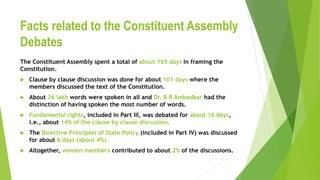 |
Card: 50 / 50 |





